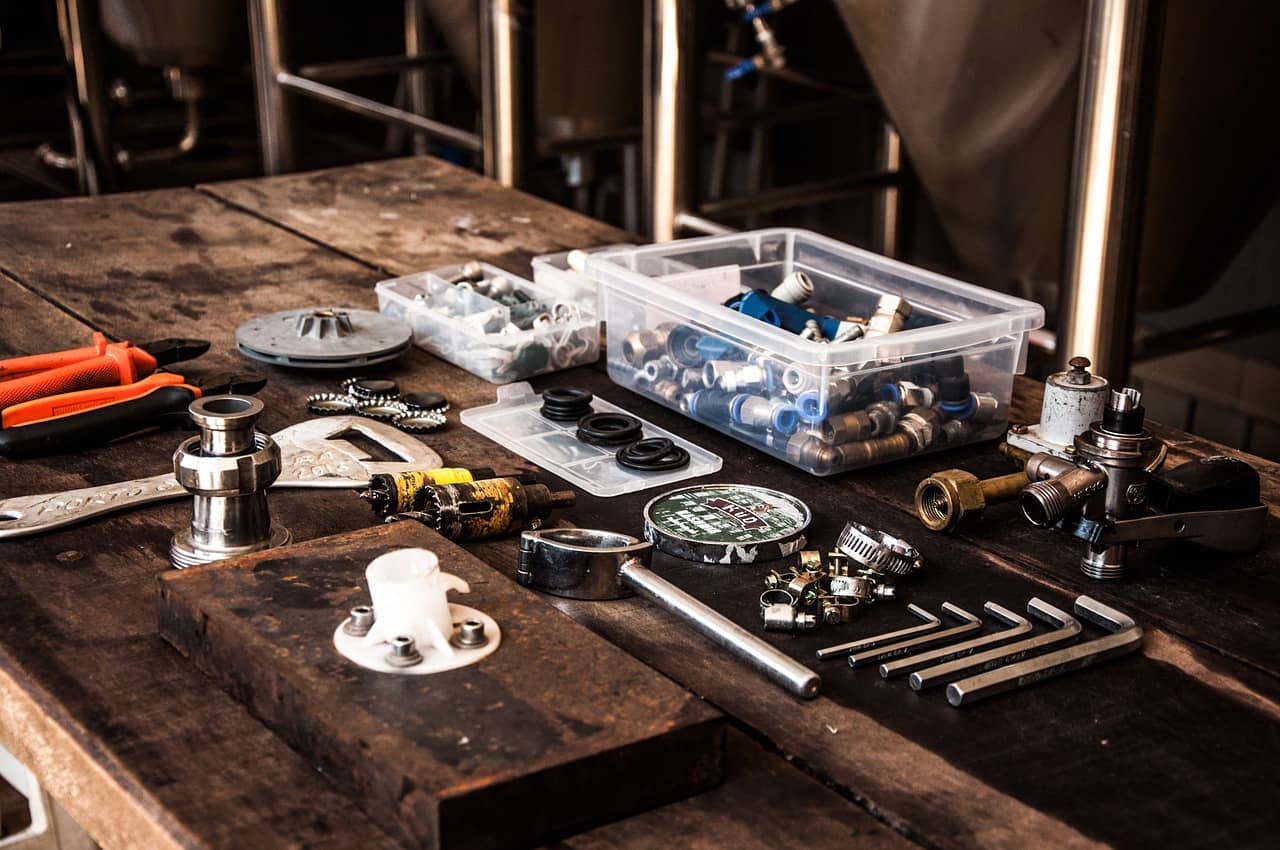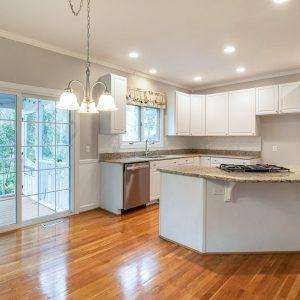You may have fallen in love with the rustic charm and chic splendor of older construction and see yourself living there, or you already be living in a family home for many years and tend to forget that your home is getting old. Know that older constructions are more susceptible to wear and tear, especially when we talk about plumbing. This is because older homes hide a lot of issues behind plaster walls and molding, which can cause trouble down the road. If your house was built any time before 1990, it is getting old, and here are the most common plumbing issues you should look out for.
Most common plumbing issues in old houses
Here are a few common plumbing issues that arise in older constructions;
Clogging
A drainage system that has seen decades of scum, soap, un-dissolvable waste, and dirty water will come back to haunt you. If you have been living in the same house for years or are buying an older construction, be prepared to see frequently clogged kitchen and bathroom drains. Years of waste that has been washed down the drains must have wreaked havoc on the drainage system if not properly cleaned.
If water is backing up when you try to shower, empty the sink, or flush the toilet, or you are noticing discoloration of water, a reduction in water pressure, or any strange noises and smells, you should call for professional help as soon as possible. A plumber will be able to clear out years of accumulated debris and sediments that are clogging the drains around the house.
Malfunctioning sewer lines
Out of sight, out of mind, people generally ignore the sewer line until a malfunction occurs, causing foul-smelling water to seep into the ground or back up into your home. Sewer lines are heavily used, especially in the past when people didn’t use modern dishwashers and garbage disposal units. Years of sediment and debris built-up can clog the sewer lines. Not to mention, if your old construction has seen extensive remodeling, chances of a sewer line failure increase manifold.
The moisture in sewer lines attracts tree roots which can damage and crack the sewer lines that have witnessed many decades.
Outdated fixtures
The plumbing fixtures in older constructions wear out and erode with time and need to be replaced before they cause bigger problems. Washers and shower diverter valve start leaking, handles break, faucets and spigots get stuck, and you may start noticing unpleasant smells around your house. Limescale buildups over the year can also wreak havoc on old fixtures. It is better to get any corroded or broken fixtures replaced before the rusty water line valve under the sink totally collapses, flooding your entire house and setting you back thousands of dollars in repairs and water damage. Replace your old toilet fixture with a low-flow one with a dual-flush system to save more water and reduce your water bills. This type of toilet uses 1.6 gallons per flush, compared to the common 3.5 gallons per flush with a standard toilet.
Inefficient water heating system
A water heating system is a necessity, especially in colder climates where water needs to be at the right temperature for taking a shower. If you are living in an older house, chances are your water heating system is obsolete, like the tank-type storage water heater, and not at all energy-efficient. However, you can undertake a renovation project to install a modern hot water unit, which will save you a lot of money down the lane. Scheduled maintenance and servicing extend the life of your water heater, but even with proper maintenance, the average life of a water heating system is 15-20 years. If your house is older than that, it is time to get your heating system replaced.
Pipe bellies
Hidden and buried deep beneath the foundations of your home must be an enormous piping system, encased in concrete that you never think about since it hardly causes any disruption. However, the ground beneath your home gradually changes shape or shifts in place, which can push this piping system further down or create a slope. This shift can cause a change in the alignment of this piping system, causing it to bend, break, or create a slope that hinders the flow of water.
This “pipe belly” or negative slope can cause the accumulation of waste and water that will result in hidden clogs, leaks, and even stoppages over time. If this happens, you will need to call for professional services to check out the severity of the issue and fix it.
Obsolete pipe materials
Older homes are usually fitted out with pipes fabricated from materials that have been long been banned by the U.S. building codes. If you are living in an old house that hasn’t been renovated for many years, chances are that the piping material is obsolete and will inevitably cause problems soon. Even worse, your piping could be lead-based, which can pose many health hazards since lead is highly toxic, and can lead to joint and gastrointestinal pain, brain degradation, and fatigue. Even galvanized pipes spell trouble since zinc erodes with time, leading to corrosion and breaks.




